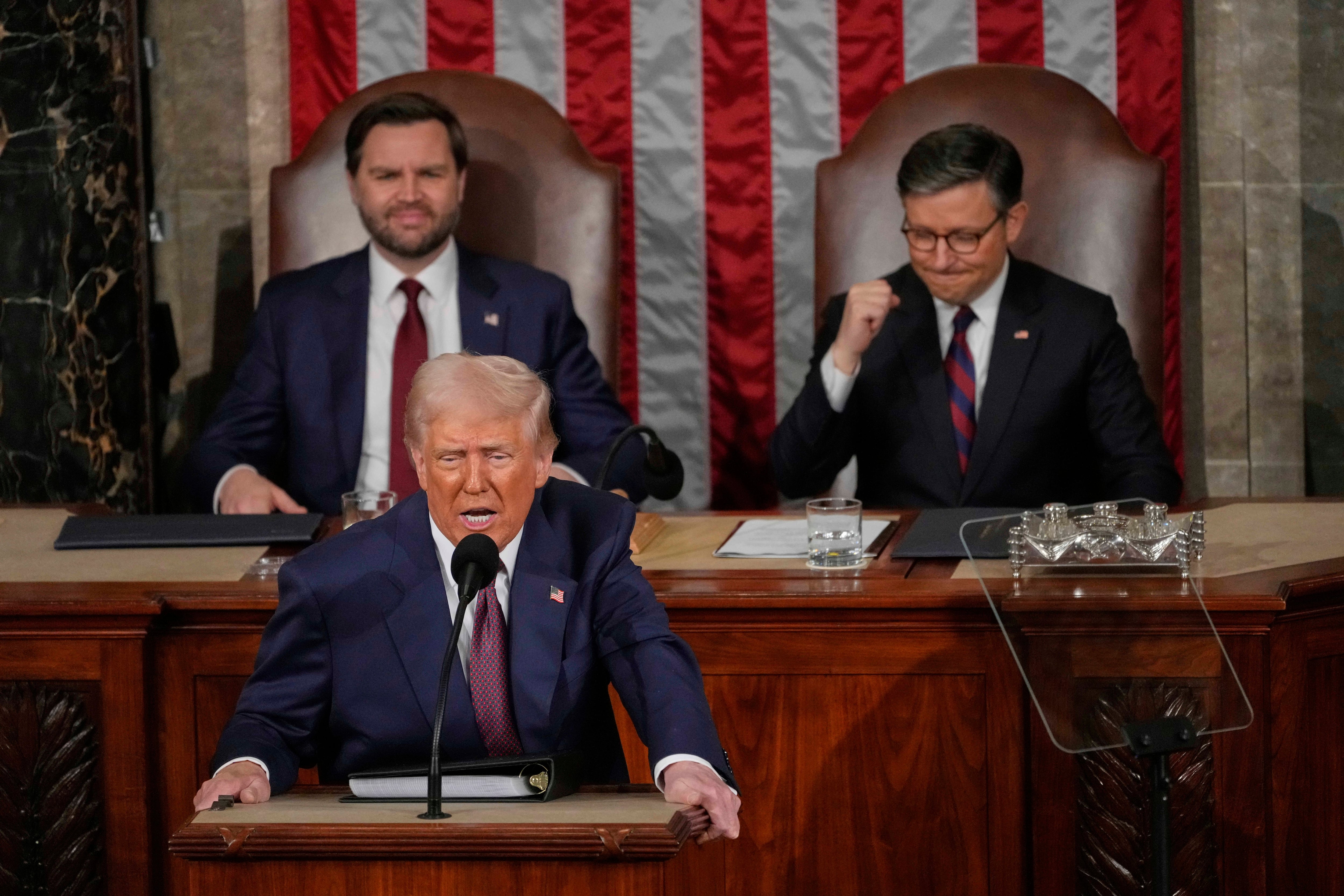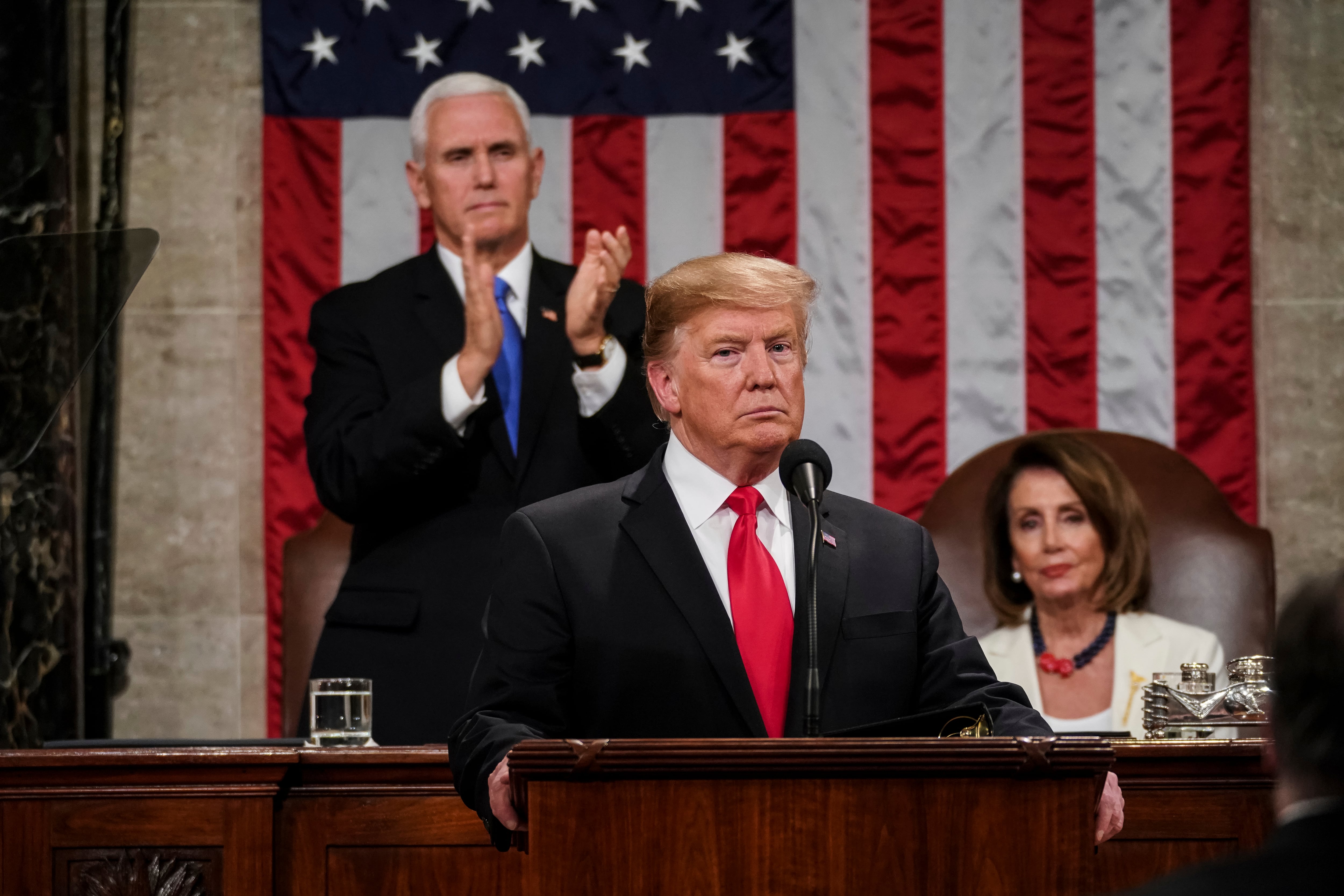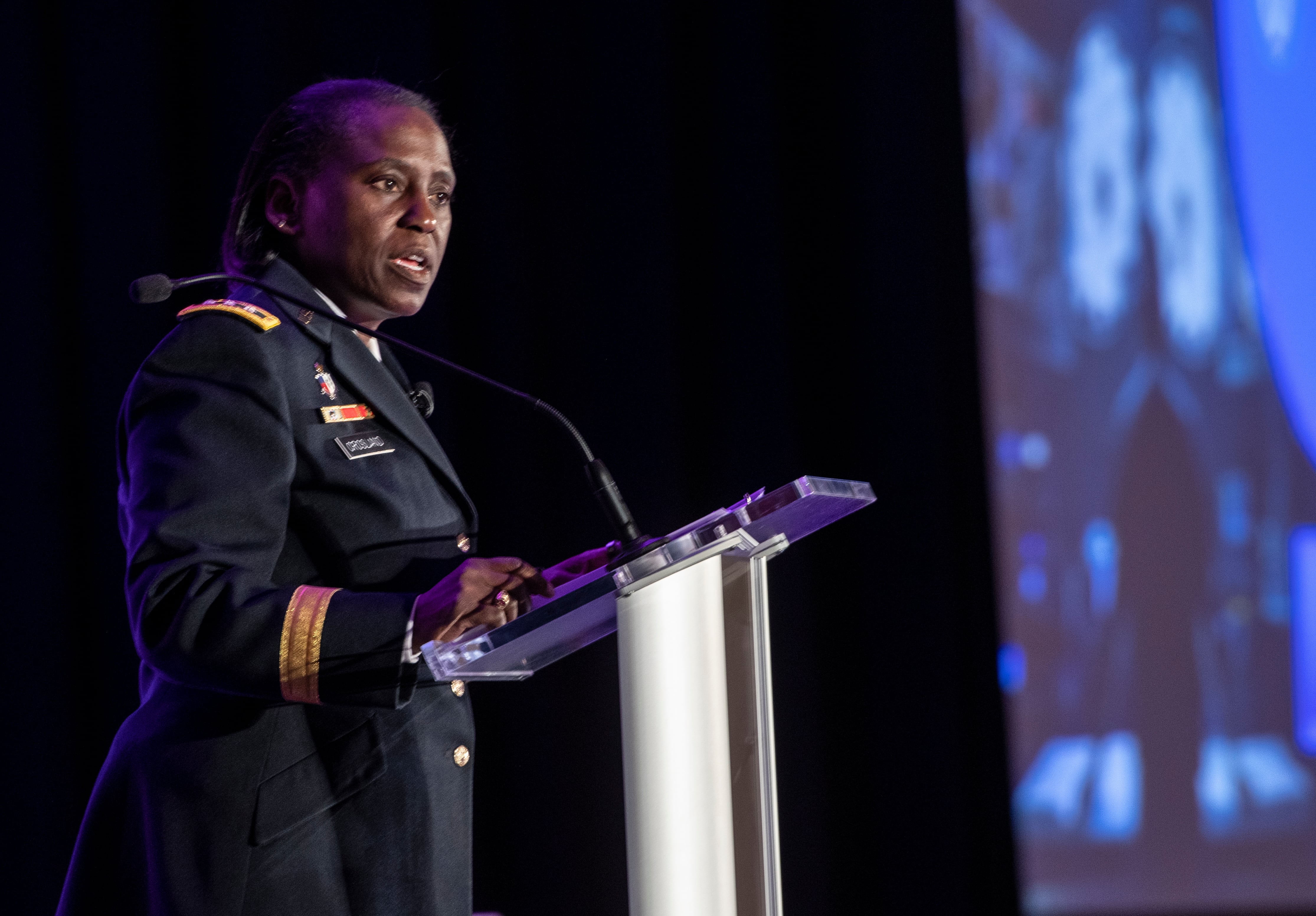The new Noncommissioned Officer Evaluation Reporting system, slated for a fall 2015 fielding, will feature separate forms for soldiers of different ranks, and new responsibilities for raters and senior raters.
It's a radical overhaul to a decades-old evaluation system.
The NCOER, in use since 1987, "has become outdated and highly inflated," according to Sgt. Maj. Stephen McDermid, sergeant major of the evaluation systems branch of Human Resources Command.
Problems have arisen when raters and senior raters are too liberal with evaluating soldiers. When everyone is supposedly doing a fantastic job, it's difficult for selection boards to determine who the true standouts are for promotion.
In times like now, when the Army is in the midst of a significant drawdown, identifying true talent is paramount.
The new system, which mirrors changes to the officer evaluation system made in the spring, is designed to do just that.
As approved by senior leaders, the new NCOER will focus on three levels of NCO leadership:
Direct Level. A single form for sergeants that focuses on technical proficiency and is developmental in nature, said McDermid.
The intent of the form "is to insure that the soldier understands the roles and responsibilities of the NCO," McDermid said. "It is very basic and straight forward."
Raters will assess five performance standards:
Presence (military professional bearing, fitness, confidence resilience); Intellect (mental agility, sound judgment, innovation, interpersonal tact, expertise); Leads (leads others, builds trust, extends influence beyond the chain of command, leads by example, communicates); Develops (creates a positive command/workplace environment, fosters esprit de corps, prepares self, develops others, stewards the profession) and Achieves (gets results).
Each standard includes a choice of two block checks "met" or "did not meet" the standard. There is also a spot for written assessments of each category.
In a major change from the current system, senior raters will be able to enumerate on promotion potential with box checks of "most qualified," "highly qualified," "qualified" and "not qualified." Senior raters will be expected to justify their box checks with written comments.
Senior raters will not be constrained in how many top-box checks they can issue for sergeants. However, higher ranks will be subject to limits.
The Army had considered, but rejected, a proposal that would have required all sergeant-level NCOERs to be masked when a soldier is considered by centralized boards for promotion to sergeant first class and above. This would have kept potential black marks from derailing promotion chances to the senior NCO ranks, but officials opted against such a maneuver.
In the officer community, the Army does mask lieutenant-level and WO1-level OERs when officers are considered for promotion to major and above and the chief warrant officer grades.
Organization Level. This second grade plate for the new system will consist of a two-page report to evaluate NCOs in the ranks of staff sergeant through master sergeant and first sergeant.
The focus of the evaluation will be on organizational processes and systems, McDermid said. Raters will assess the same five performance standards noted above. However, they will be rated on a four-box scale of "far exceeded," "exceeded," "met standard" and "did not meet" the standard.
When it comes to promotion potential for this level, senior raters will also use the categories "most qualified," "highly qualified," "qualified" and "not qualified." Unlike the sergeant NCOER, senior raters will have limits. They will not be allowed to issue "most qualified" ratings to more than 50 percent of the NCOs they senior rate at that grade. This matches a long-standing policy for officer evaluations and helps to ensure raters are distinguishing the best of the best. A senior rater's rating history will be maintained in a profile, and the automated system will not allow SRs to exceed the 50 percent restriction.
Strategic Level. This third grade plates in the new system will consist of a two-page report for sergeants major and command sergeants major.
The report is designed so that raters and senior raters will assess, in written comments, the leadership attributes and competencies of the rated NCO.
Promotion potential will be handled the same way it will be for NCOs in the ranks of staff sergeant through master sergeant and first sergeant. Senior raters will be held to the 50 percent limit for checking "most qualified."
"This is fundamentally different than what we have done with our NCOs in the past," Sergeant Major of the Army Raymond Chandler told Army Times. "This means the brigade commander is going to have a profile to manage for the six or seven battalion command sergeants major in his formation in terms of identifying who is the best, who is average and who is not meeting the mark.
"We believe this will help boards identify those people who will remain in the sergeant major program and who will go into the nominative program."
Changes for raters
Among the major changes planned for the new system is a delineation of roles and responsibilities for rating officials.
Under those changes, raters will focus on performance, while senior raters will focus on potential for promotion and future service.
Raters are a soldier's first-line supervisor, while senior raters are officials who rate the rater. For example, in an infantry unit a sergeant's rater typically will be the squad leader, while the senior rater will be the platoon sergeant or platoon leader.
Under the current system, these areas of focus are not as clearly defined, which sometimes has led to conflicting evaluations between rater and senior rater.
"The new system will eliminate the inconsistent ratings we sometimes see with today's NCOER," McDermid said.
Required counseling
Another change under the new system involves the five-page NCOER Support Form. Senior raters will be required to counsel, at a minimum, twice during the rating period.
This not only will complement the rater's input to the counseling, but will let the rated soldier know where he or she stands in terms of being evaluated for promotion, McDermid said.
In addition to focusing on the attributes and competencies of Army leadership doctrine, the new support form will provide rated soldiers with an opportunity to list their goals and expectations for the rating period.
The support form also has a section where senior raters can enter comments based on their counseling sessions with the rated soldier.
Next steps
"Based on these revisions, there will be a significant cultural change as to how NCOs are assessed and this will require a thorough understanding of the new system at all levels," McDermid said.
Implementation of the new system will not begin until the design of the report forms is complete, the regulatory requirements are published and an ambitious training program is deployed Army-wide.
Before deploying that training program to installations, Human Resources Command will train teams on the system, much as it did for the train up for the new Officer Evaluation Report.
The training program will include online step-by-step instruction on preparing and submitting NCOERs using the Web-based Evaluation Entry System.
The EES also is used with the new OER that was launched in April. While there have been some administrative and technical problems with EES, officials are confident the new system will be running smoothly when the new NCOER is launched in one year.
The EES not only has the capability to self-populate forms with administrative data, such as name, rank and assignment, but information about a soldier's Structured Self-Development and NCO Education System accomplishments, which will let the rating chain know if a soldier has met the military education requirements for promotion.
The HRC train up for teams is tentatively slated for May and June, followed by training for the entire Army during the summer of 2015. Barring delays, the new system will be used for NCO evaluations that are filed in the fiscal year that begins Oct. 1, 2015.
The Army has not yet determined if it will require a closeout report for the current system. Closeout reports were not required in the transition to the new officer system.
Command Sgt. Maj. Charles Smith, the senior enlisted soldier for Human Resources Command, said that given the importance of the new NCOER to the Army, "we want to make sure that the top leadership in the formations serve as master trainers.
"We have to get this right the first time," Smith said. "We'll be sending people to the field for training, and we'll have people come here (HRC headquarters, Fort Knox, Kentucky), but it's best to have the senior leaders in units serve as the master trainers."
The new Noncommissioned Officer Evaluation Reporting system, slated for a fall 2015 fielding, will feature separate forms for soldiers of different ranks, and new responsibilities for raters and senior raters will be fielded in the fall of 2015.
View the PDFs of the various reports and support form:
NCOER for staff sergeant through first segeant and master sergeant
NCOER for command sergeant major and sergeant major





